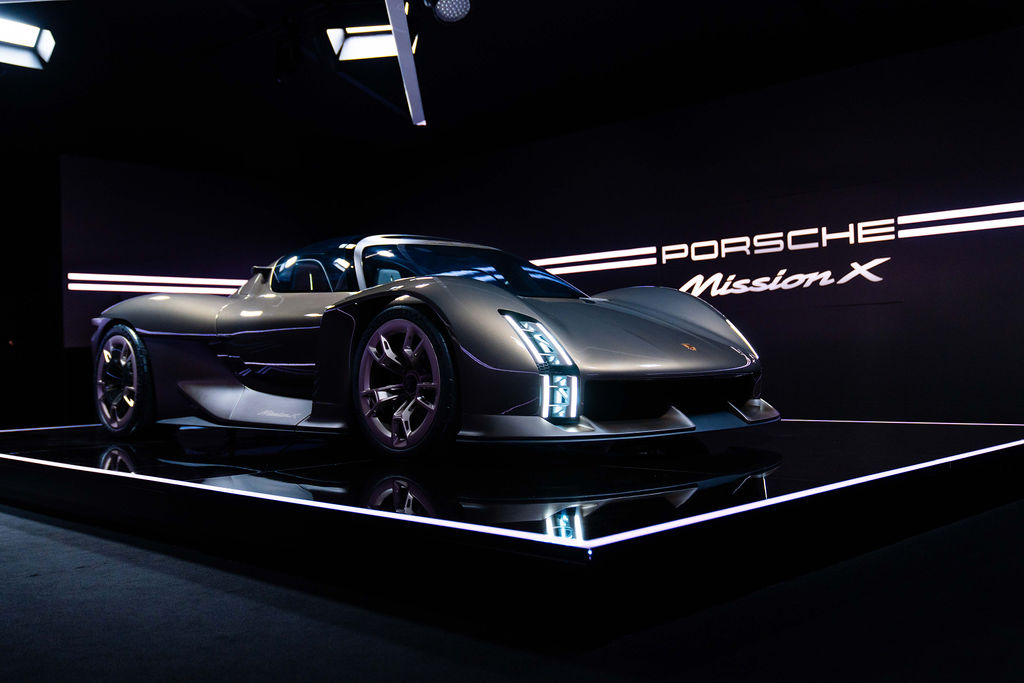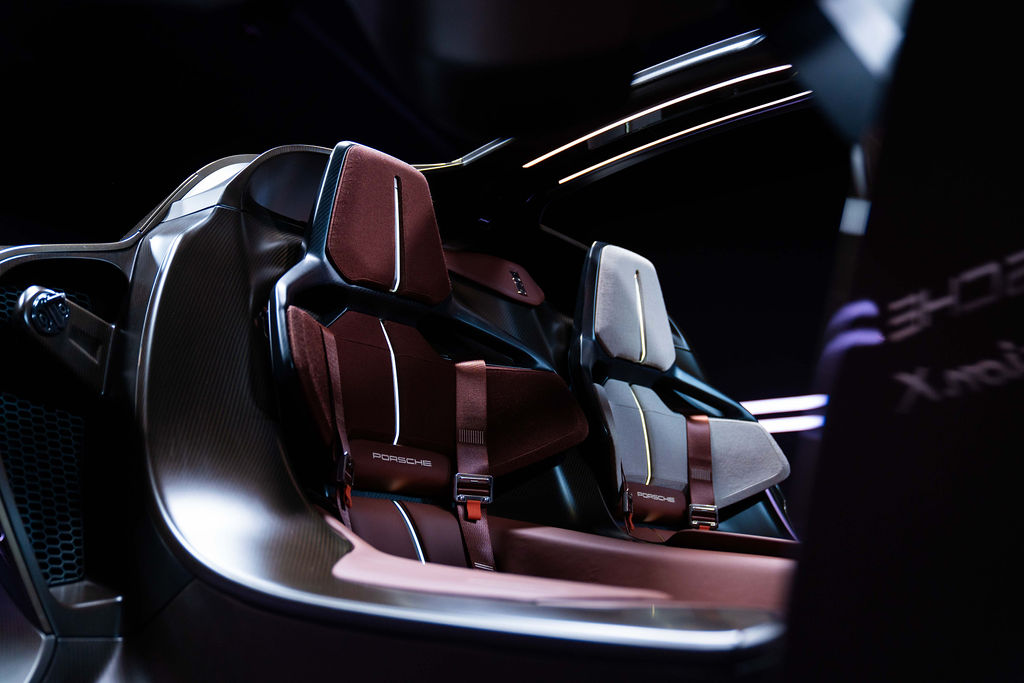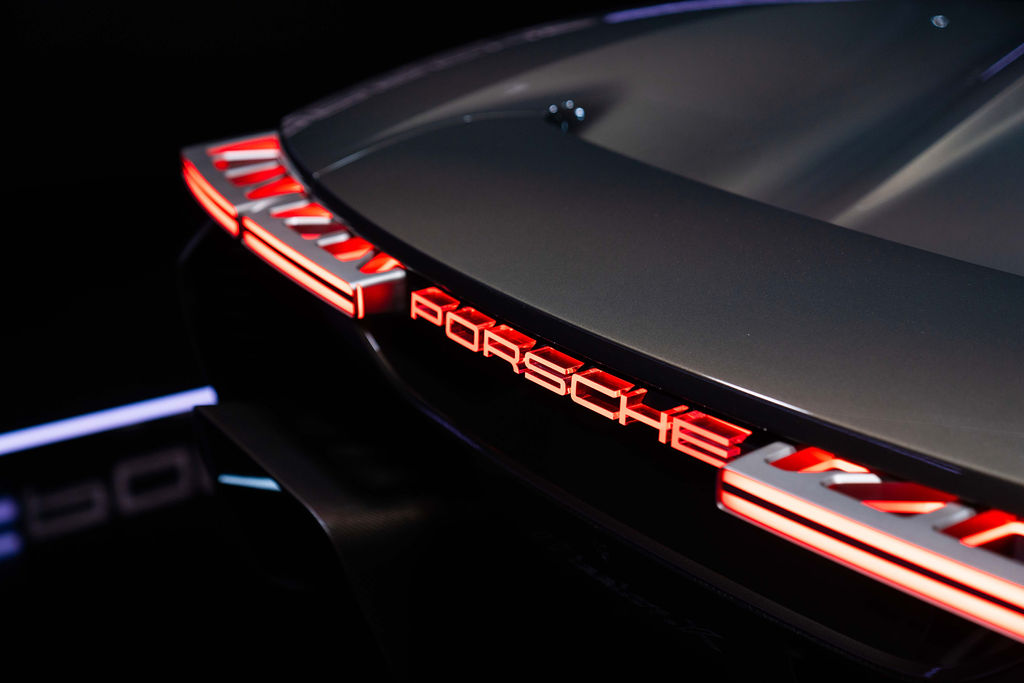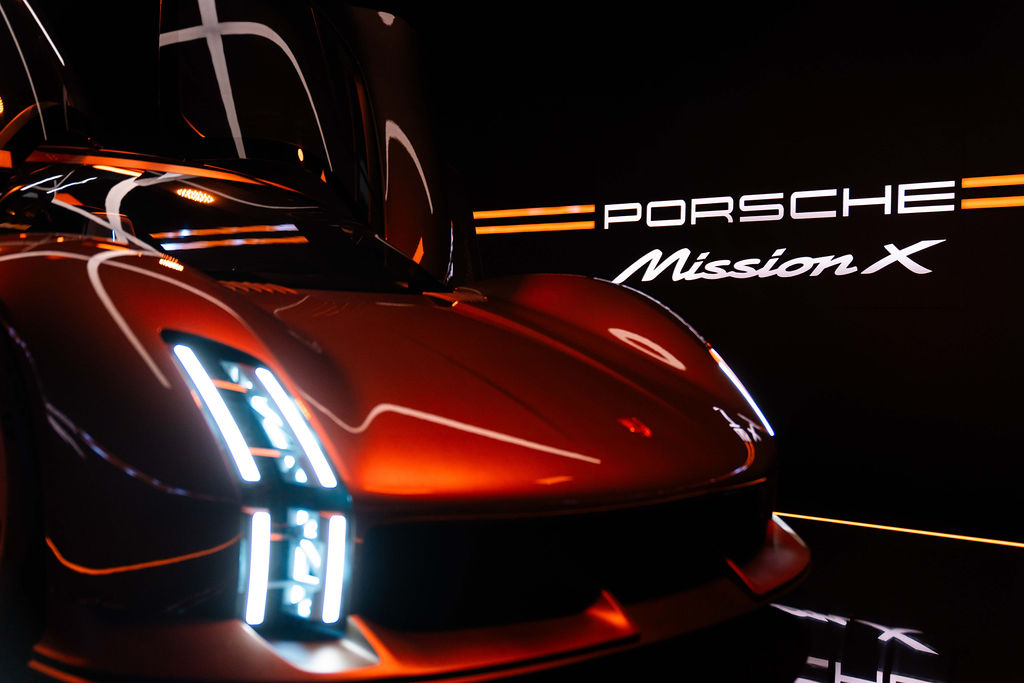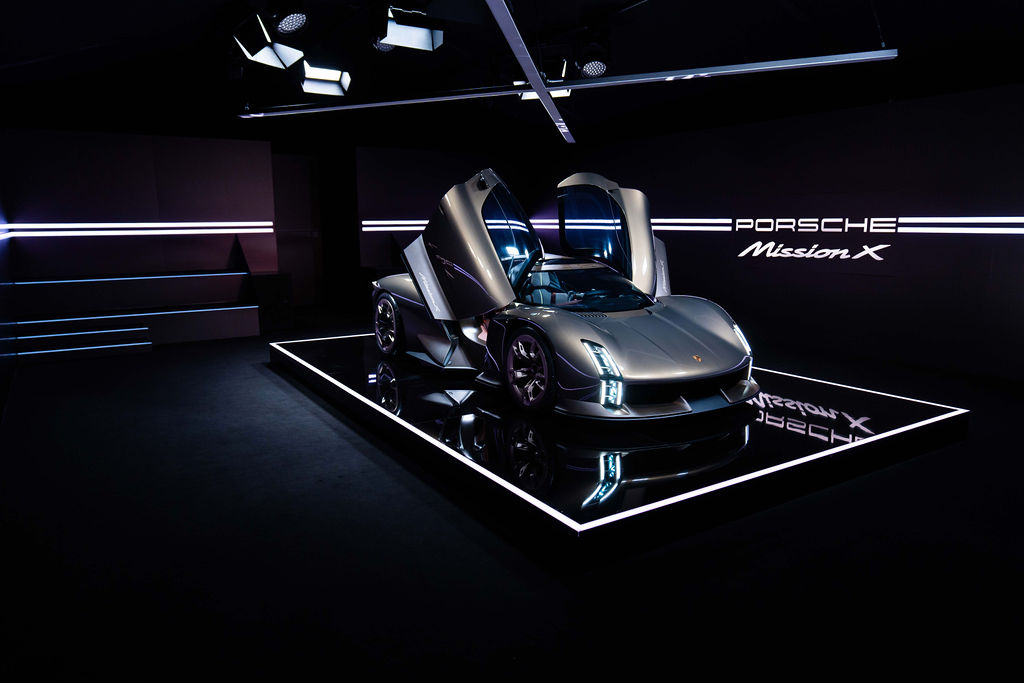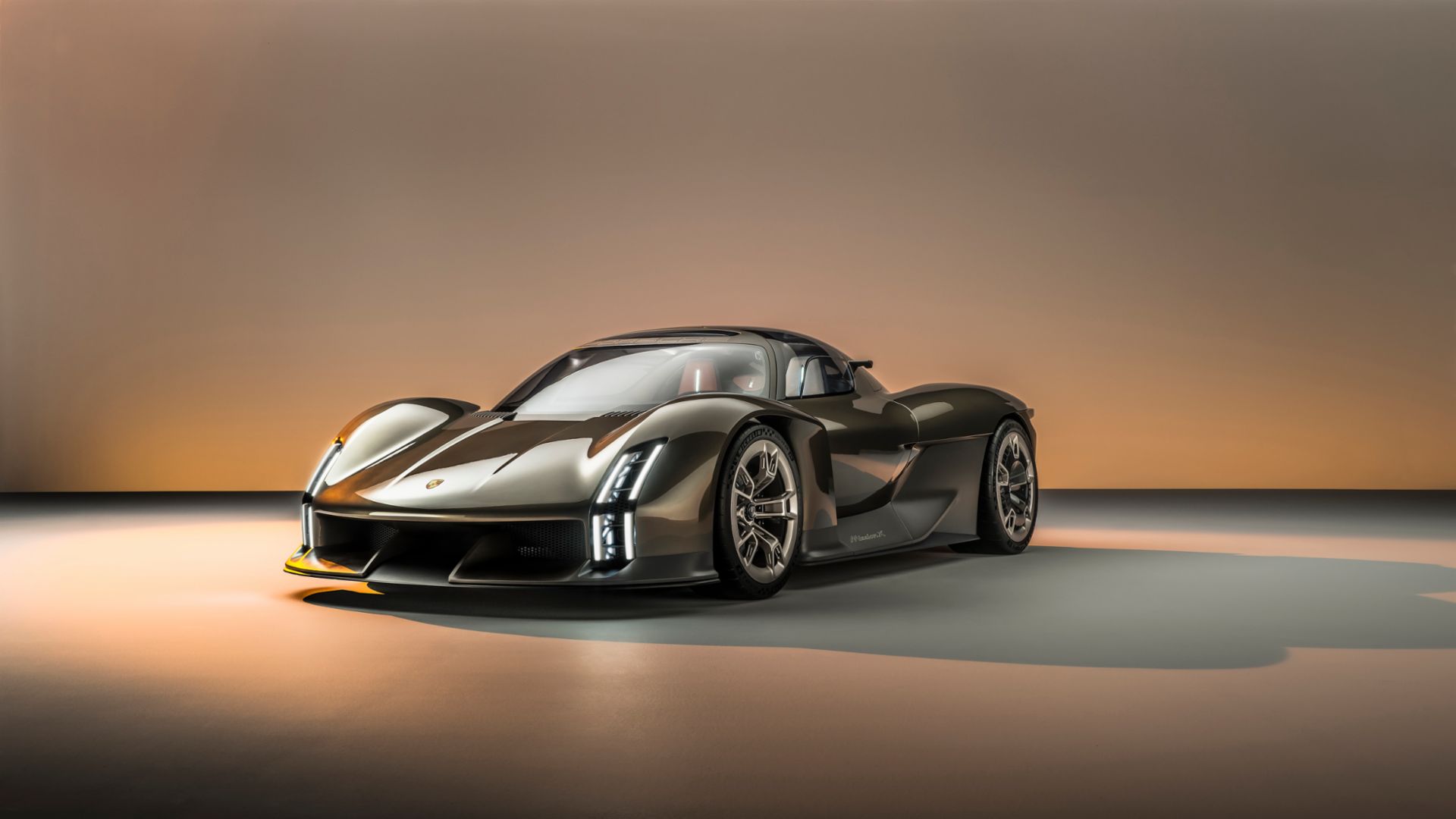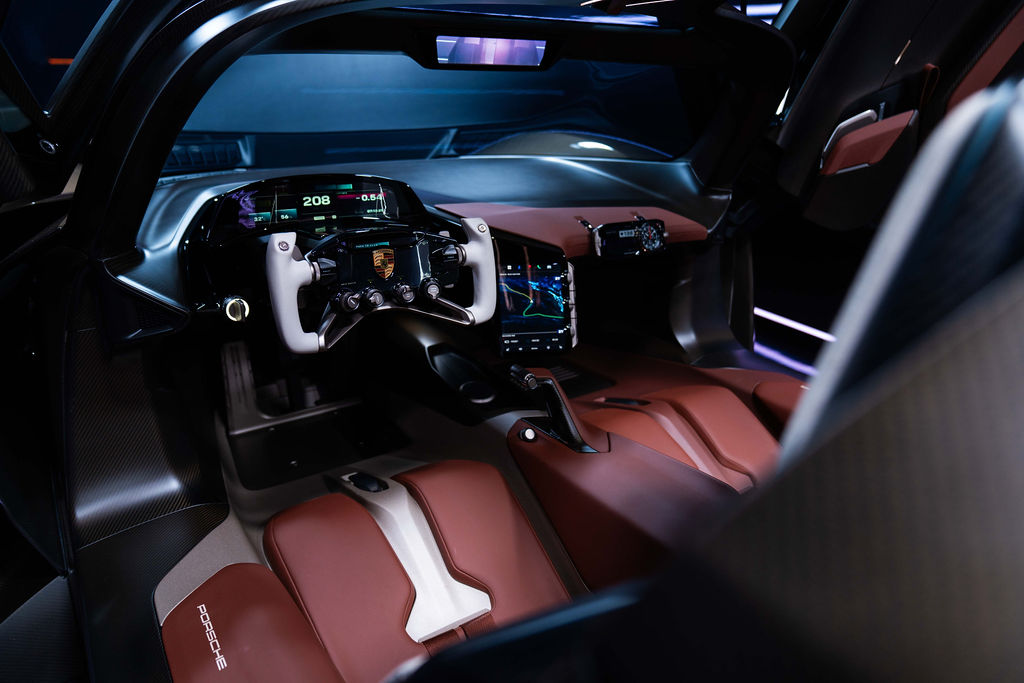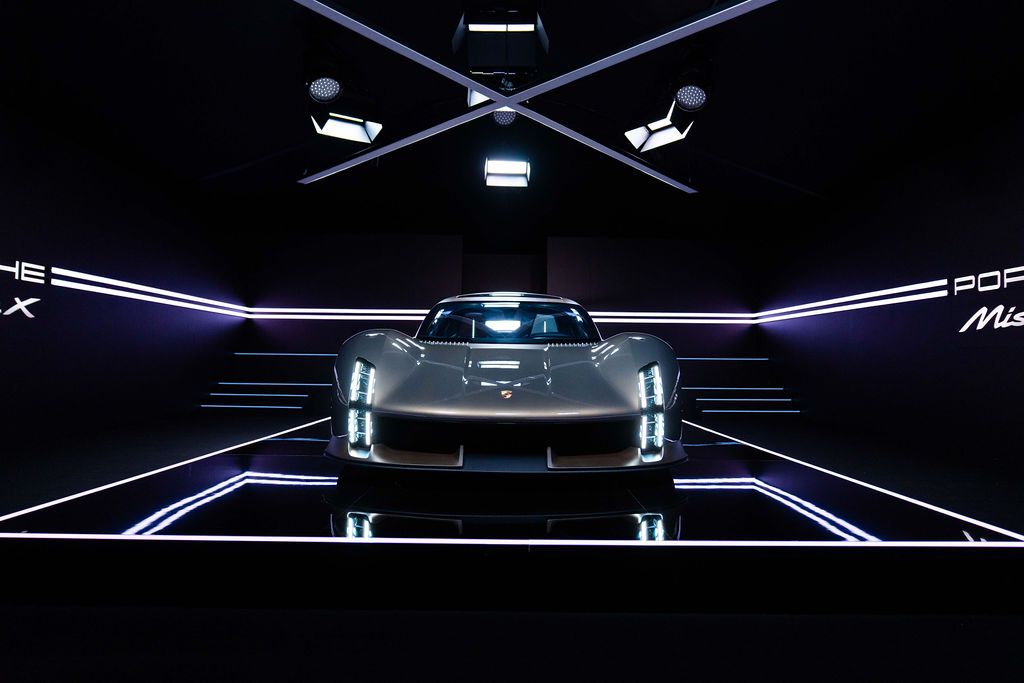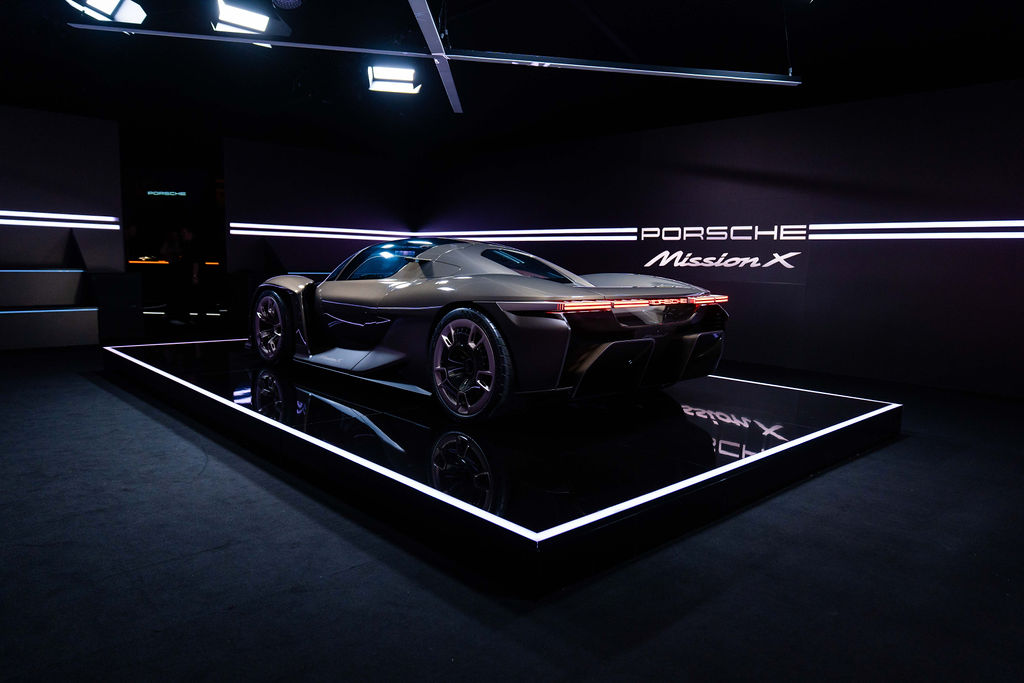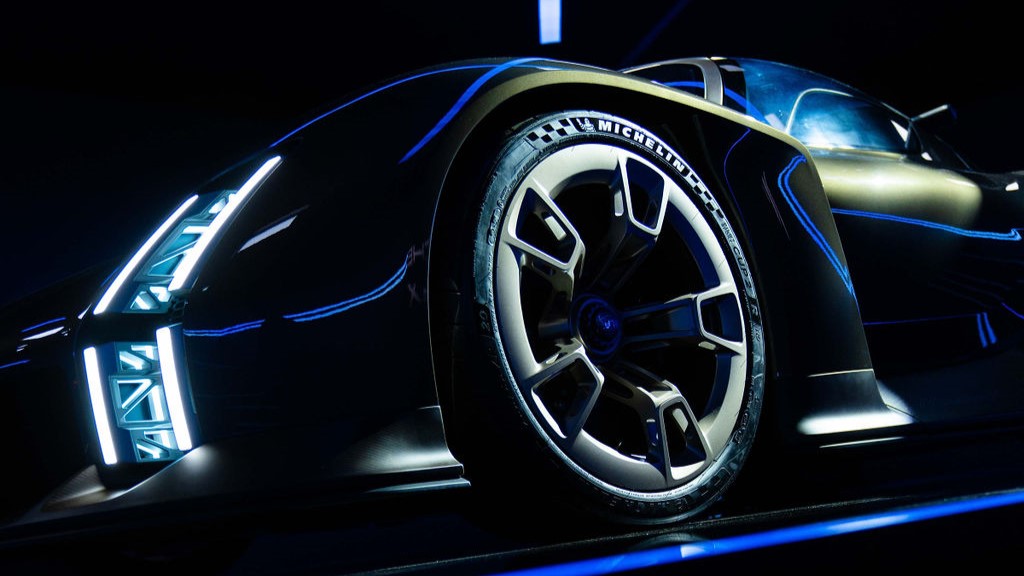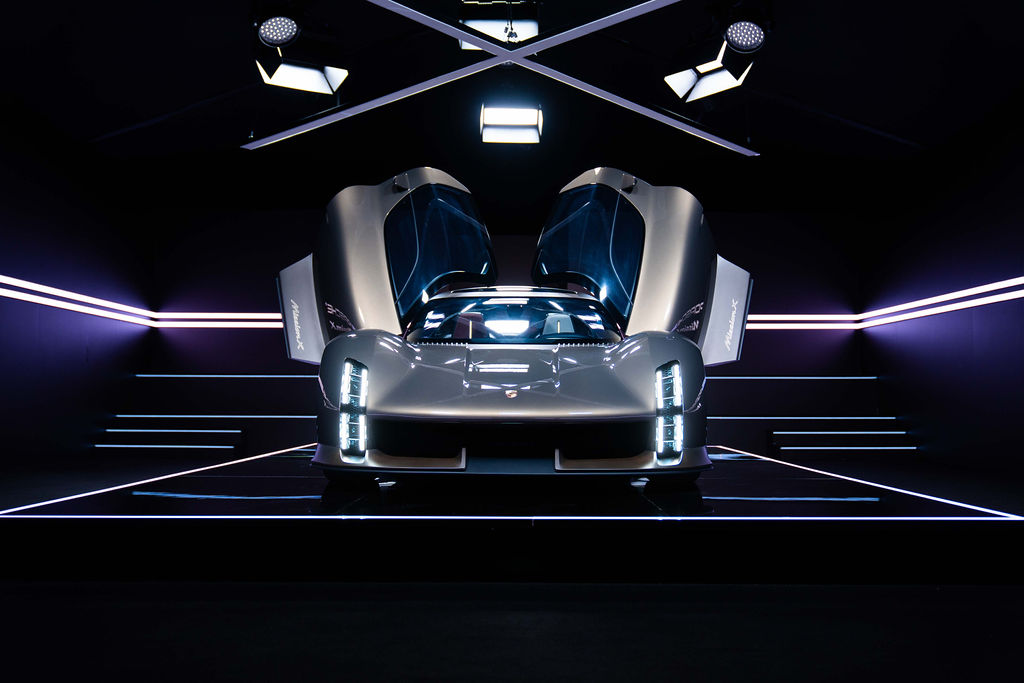You’d be forgiven for thinking that the current 992 GT3 RS (or upcoming GT2 RS) are as good as it gets from the German automaker. With cars that are this dominant at the Nürburgring, yet still able to tackle daily chores as reasonably as they do, how do you even go about improving on that?
Those attuned to Porsche hierarchies and traditions will be fully aware of the unoccupied seat currently left vacated by the 918 Spyder and the Carrera GT before it—a Porsche that can claim itself a true hypercar. In the face of its own aforementioned world-beaters, which themselves have legitimacy to that title, this might seem like a hugely difficult task. It’s certainly not insurmountable by any stretch of the imagination, and we’re soon to bear witness to its inauguration as it takes to its rightful throne.
Now, that’s what should happen. While the German automaker has stopped short of officially green-lighting this concept—dubbed Mission X—into production so far, recent developments suggest that significant resources are being put towards making this a reality. In fact, Porsche recently surprised car enthusiasts by unveiling the Mission X concept car in the flesh for the first time, during the 2024 Formula 1 Rolex Australian Grand Prix on March 24, 2024.
Point of no return? Looks like it, to me. Of course, the Mission X isn’t necessarily breaking news and it’s been in the works for sometime now. But the time is nigh, and things are quickly materializing from concept to reality, so it’s very possible that we could see the zenith of this within the next year or so.
Mission X
It’s been confirmed that Porsche’s hypercar successor—should it be built—will be a full-on EV. This makes the timing of the Porsche Taycan Turbo GT release seem all too convenient, with the latter proving to the skeptics that there’s such a thing as all-electric motorsport-level performance. It also means that the Mission X already has a springboard from which to establish itself, and isn’t arriving as any sort of radical and unsubstantiated idea.
e-Performance
Porsche has claimed that the Mission X will build on the aforementioned platform’s 800-volt architecture, granting the new halo car an improved 900-volt version. The battery will also be mounted behind the seats, giving the car a more traditional mid-engined “e-core” layout which will directly and positively affect the car’s agility and handling capabilities. No word yet on performance specs, but we can be certain that the hypercar will eclipse the range-topping Taycan’s 1,093 hp and 988 tq by a notable margin.
“With this car, Porsche is showing the concept of an all-electric hypercar”, states Michael Behr, Porsche Mission X Project Manager.
https://www.youtube.com/watch?v=4zuy1G0DfGg
The math sufficiently adds up to support that notion. Afterall, Porsche has said that their aim is to achieve a power-to-weight-ratio of one PS per kilogram with the Mission X, so it would have to put out some serious power, even if it manages a remarkably low kerb weight—something which EVs aren’t naturally inclined to do. Ultimately, Porsche aims to create the fastest production car to lap the ‘Ring, and to achieve this, they reckon it’ll have to produce more downforce than the current GT3 RS as well. On the more pragmatic side, the automaker is also claiming charge speeds up to 2x faster than the Taycan, and likely better range too.
Design
The concept certainly presented as a more conventional hypercar in terms of design, with a low and sleek silhouette, “butterfly” doors, and a plethora of aerodynamic elements, indicative of a car that makes no compromises for maximizing performance. Even the wheels are specially fashioned, featuring transparent aeroblades and relief milled spokes which promote brake cooling and drag efficiency. Weight reduction is very much one of the core philosophies as well, with carbon fibre being used for just about every possible component, including the monocoque frame.
“We conducted a lot of simulations and tests to ensure the car generates a lot of aerodynamic downforce”, Michael Behr elaborated.
Inside the cabin, we’re treated to a minimalist approach which blends comfort and aesthetics with driver centricity and functionality. It’s usually difficult to derive too much from concept cars, particularly as it relates to interiors. However, the space-age cockpit finished off by a Formula-inspired steering wheel certainly lends to the overall ethos and what we can expect when, and if, the car makes it to production.
The Porsche Mission X is the modern interpretation of the complete hypercar, and the German automaker has presented a very good case on why the world needs it. The next step is obvious, and we’ll be sure to follow and share any news with you as things continue to develop. Stay tuned!
Image Gallery
An extensive collection of photos can be viewed in the official press release




